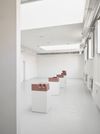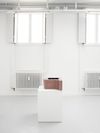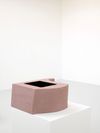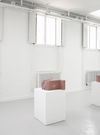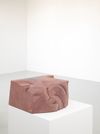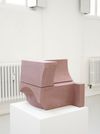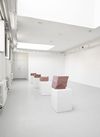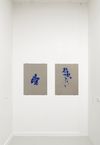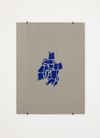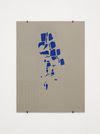Christian Andersen, Frederiksholms Kanal 28A, 1220 Copenhagen K, +45 2537 4101, info@christianandersen.net
Images
Press release
I think of “True Sculpture” within the framework of Magical Realism, which situates surreal elements in a realistic environment and often in an allegedly historical setting. Its speculation and romanticism are invested with a claim of functionality.
Venus, House, Plague, and Fountain—the titles of the stone pieces—refer to canonical, if eclectic topics of sculpture.Owing to certain features of the single stones, they could be elements of a deconstructed body. House incorporates a plastic structure. Its features derive from common designs of bait stations and traps for rodents. These usually closed entities, when opened, reveal an elaborate, yet enigmatic architecture to lure and kill.
The building complex where Christian Andersen’s gallery space is situated shares a history with the trades of sculpture and stonemasonry. The Civiletatens Materialgård was built in the second half of the eighteenth century and was used to store original parts of municipal and royal buildings—an assemblage of damaged elements in need of restoration often after large fires.
The intersecting theme of my show and the former use of the space is incidential, however. “True Sculpture” was sketched out before I learned about the history of the building, although the old city was on my mind. The old city, in architectural terms, is an environment that grows organically and is built by artisans trained in the traditional crafts. By contrast, the modern city is a planned urban environment made of industrially produced materials and elements. City of La Marque and City of La Margue, the titles of the two wall works in the entryway, refer to an arbitrary city. A marque in French is simply a “mark.” The blue specks on the cardboard trace the outline of the logo of the energy drink Red Bull, smashed cans of which are commonly found in the city and on its fringes.
